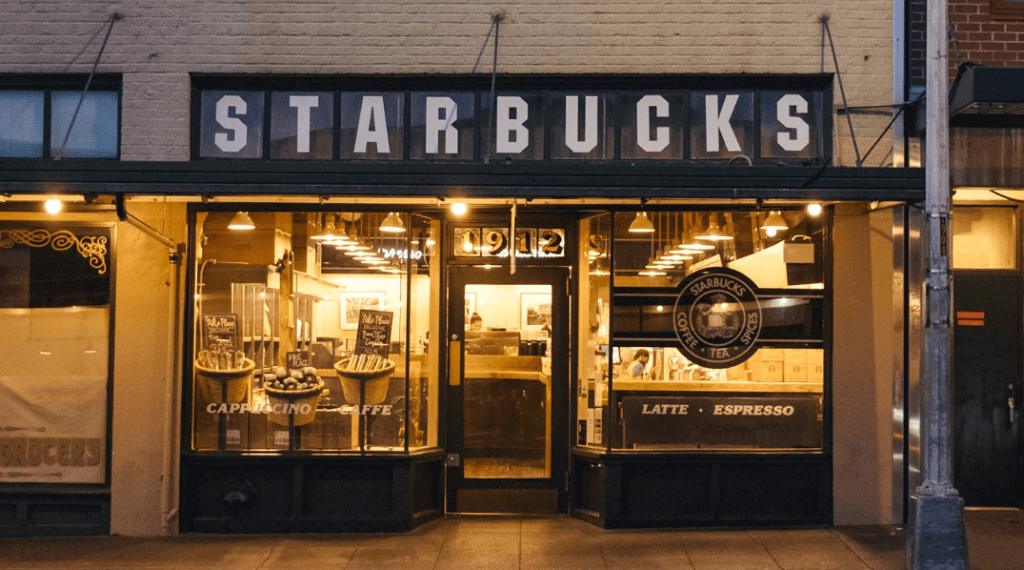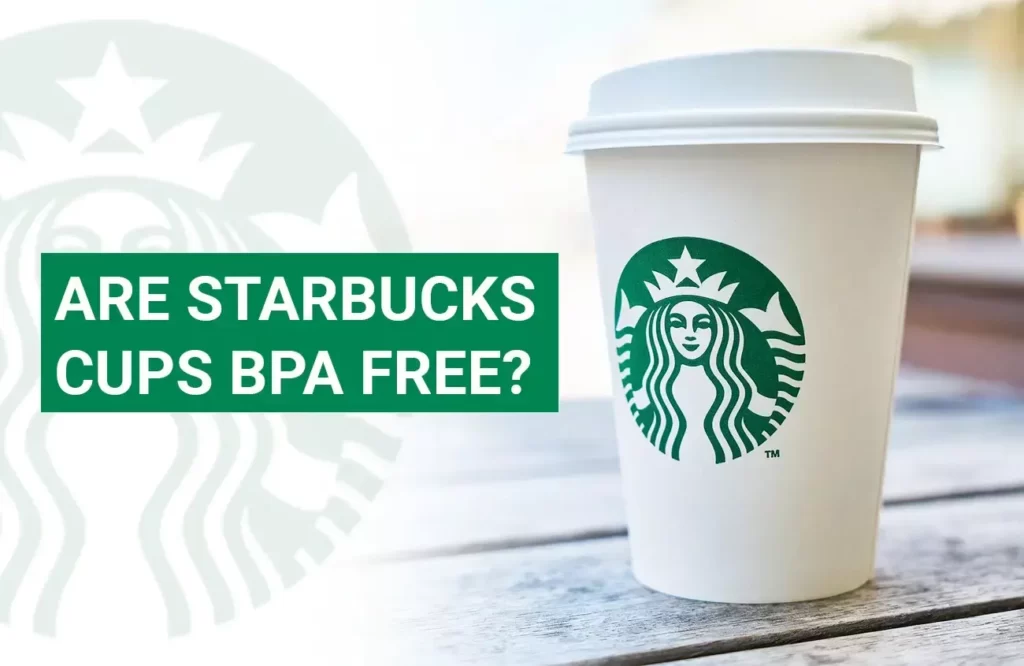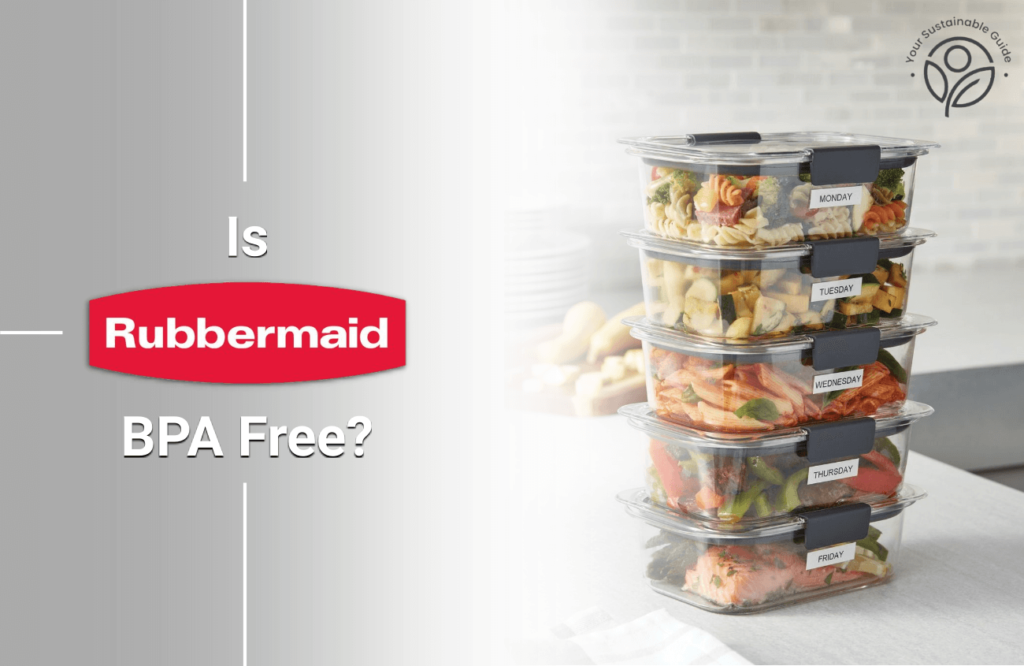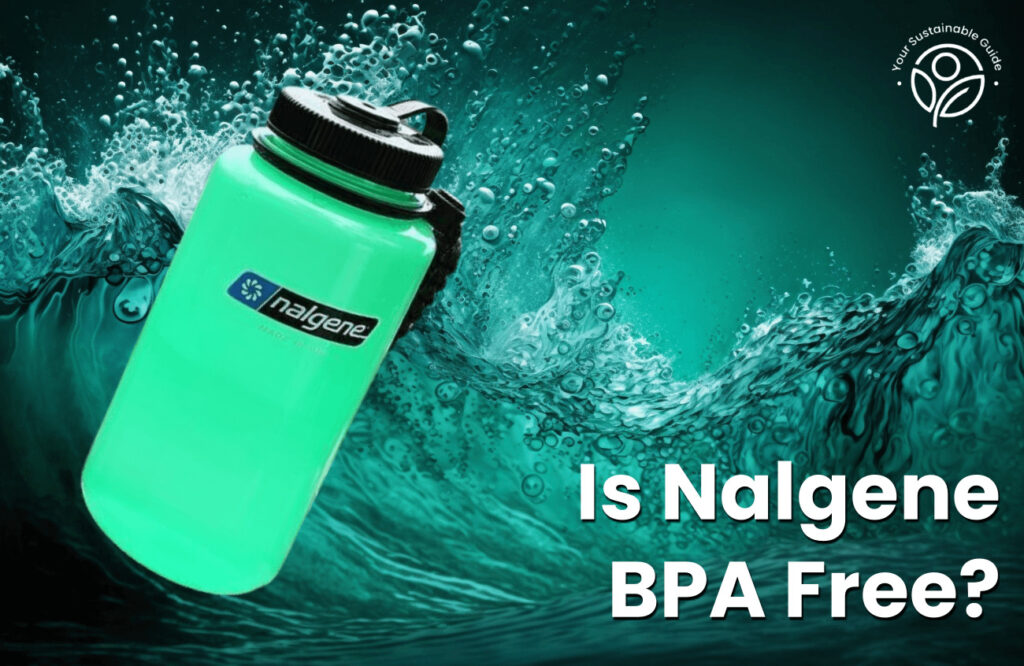Replay this morning when you were rushing for school/work sipping those new beverages Starbucks likes to launch every now and then, reading an article on reusable plastics and suddenly you are hit with a thought! Are these Starbucks reusable cups bpa free? That’s when you stop sipping your cold brew pumpkin spice and think over if it’s safe to drink from Starbucks cups or not?
What is Starbucks?
You are living under a rock if you haven’t heard of Starbucks Coffee ever in your life. Yes, Starbucks is THAT famous! No, person living under a rock, it’s not a place for bundle shopping, it is a popular American coffee chain whose journey began in the streets of Seattle’s historic Pike Place Market in the year 1971. Fast forward to the present, and Starbucks has a ubiquitous presence in the whole world.

Are Starbucks Cups BPA Free?
Yes, you need not worry, Starbucks cups are in fact BPA free! Starbucks’ plastic reusable cups are all BPA free and made from safe plastics like HDPE High Density Polyethylene. Moreover, their single use paper cups, although not fully recyclable as claimed by the company, still only use a thin polyethylene plastic lining on the inside which surely won’t seep into your apple crisp macchiato like BPA would.
Is It Safe To Drink From Starbucks Cups?
Yes, it is safe to drink from Starbucks reusable cups and one-time use cups. However, it is not advisable to microwave or reheat your coffee while it’s still in the Starbucks cup. Starbucks in no way claims to make their coffee cup microwave safe. Instead, these cups are designed to hold and keep the beverages hot, not to reheat them, since reheating can increase the risk of the chemicals in the plastic lining to seep into your bought item.

How Can One Know If Starbucks Cups Are BPA Free?
One can tell that Starbucks cups are BPA free because the plastic lining used inside their paper cups and lids are generally made with type 2 plastic, i.e., HPDE (High Density Polyethylene), which is the safest plastic out there and also falls under the recyclable category.
While using anything inside a plastic container, one might have noticed numbers inside triangular shapes etched on the containers. The number inside recycling symbol generally indicates the plastic resin content, depending on which recyclers accept or reject plastics.
Typically, there are seven standard classifications of plastics numbered 1 to 7. BPA, which stands for Bisphenol A, falls under the 7th category. It is generally advised to avoid plastics that fall under the 7th category since they are very hard to recycle and plastics like BPA are known to seep into your food and beverages causing health damage like increased blood pressure, type 2 diabetes, obesity and even cardiovascular diseases.
Thus, it is always advised to use BPA free products since BPA is not something you want in your diet. Following is a plastic identification and recycling chart that might come in handy while choosing which plastic products like containers, tumblers or even pipes used in water supply systems, to use and which to avoid:

Who Owns Starbucks?
Starbucks is owned by Howard D. Schultz, an American businessman and author.
Conclusion
One might safely conclude that the Starbucks reusable cups we’ve fallen in love with are not toxic. They do not contain BPA, which is a harmful industrial chemical that one needs to ghost asap! Although one might want to rethink the recyclability claims of Starbucks cups, since the presence of the plastic lining makes it not as easily compostable as, say, the banana peel chilling in your bin, yet it is still a blessing to know that the cups are at least BPA free.







